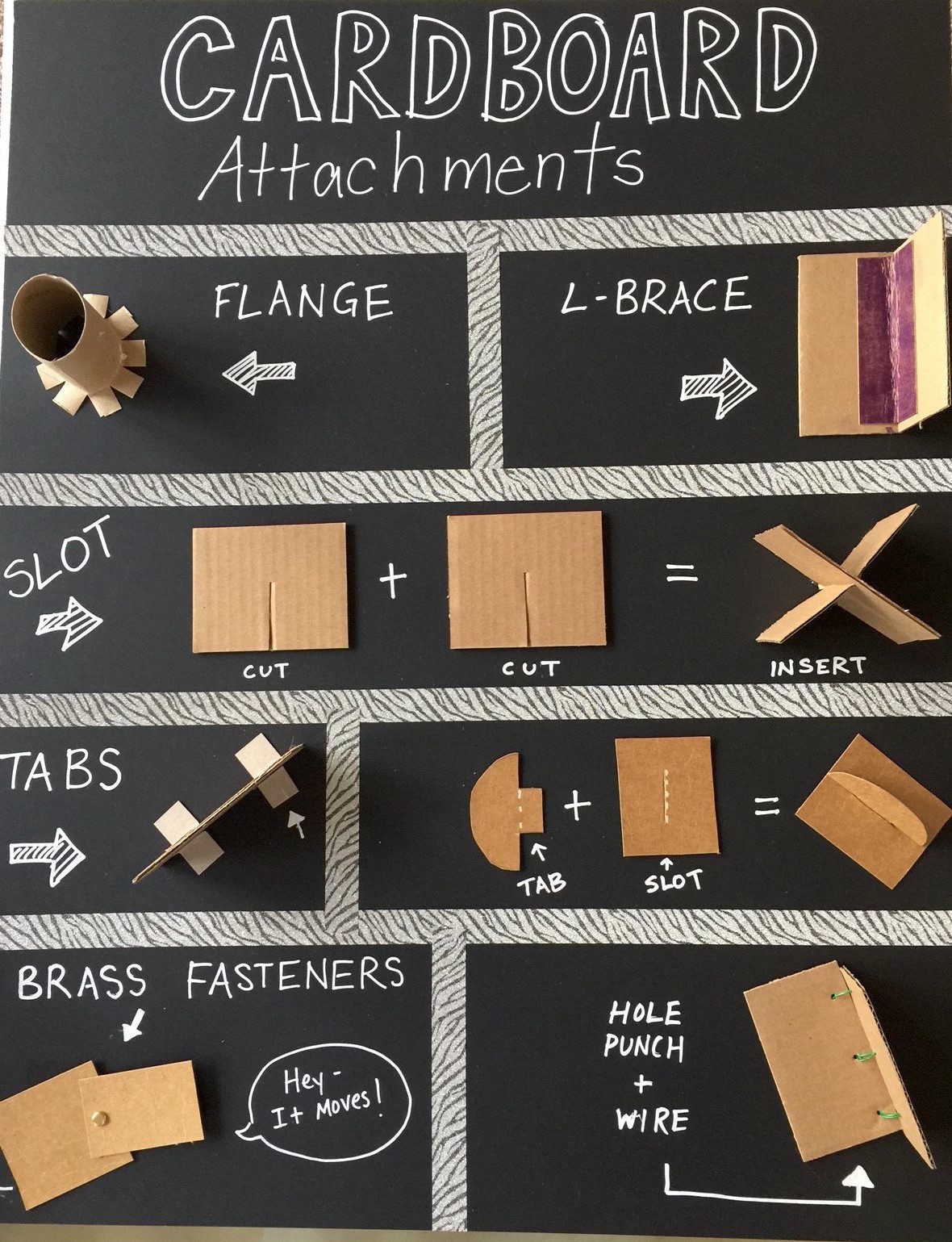When it comes to professional development, sometimes art teachers feel a bit forgotten. Many of us have sat through faculty meetings, staff training, or workshops wondering how the information relates to our curriculum or pedagogy at all. Neglect is far too often a common feeling for art educators. In fact, this is why AOE exists in the first place, and the reason we spend so much time developing online graduate classes just for art teachers.
What happens though if we leave the feeling of neglect at the door and try to connect some of the general education procedures and concepts to our field and to our own classrooms? Over the past few school years, I’ve deliberately tried to find connections between staff development topics and my teaching. I’ve actually gotten more out of professional development days than I’ve ever anticipated.
Maybe general education concepts and initiatives really can be adapted to the art room.
One example where I’ve seen some clarity and connection to my teaching is the concept of declarative vs. procedural knowledge. Taking the time to acknowledge the declarative and procedural knowledge in a lesson or unit can guide students toward achieving a larger learning goal.
Declarative Knowledge
Declarative knowledge is comprised of the ideas and concepts students need to know within the content.
Think of this as the “nouns” of your curriculum. What vocabulary words do your students need to know in order to master the standards? Is there essential knowledge that students need to understand before moving on to creating artwork?
In a traditional lesson, an example might involve students describing various forms of balance to be used in an upcoming artwork. In a choice-based room, declarative knowledge may come in the form of a student identifying which cardboard attachment works best for various sculpture components. Just look at this amazing attachment anchor chart from Sarah Wyman, art teacher at Festus Elementary School.

It’s critical that students have repeated exposure to declarative knowledge to encourage the retention of concepts.
Procedural Knowledge
Procedural knowledge goes a step further. It builds off declarative knowledge by asking students to not just know something but to do something.
Procedural knowledge can be thought of as the “verbs” of your standards. What processes do your students need to demonstrate to meet the learning goals?
Traditional art rooms may use direct teaching and guided student practice to introduce, practice, and facilitate feedback on specific techniques and methods. Choice-based rooms might use inquiry-based approaches where students explore and practice techniques and procedures for increased fluency of procedural knowledge.

With the purposeful inclusion of declarative and procedural knowledge in your lessons or units, you’ll set a foundation promoting a deeper understanding of the learning goals. Continuing to find authentic connections between general education concepts and your curriculum and instruction can be refreshing. It may take a little work, but in the end, it’s worth the time invested for you and more importantly, for your students.
How have you balanced declarative and procedural knowledge in your curriculum?
What general education concepts have you found a connection to lately?
Magazine articles and podcasts are opinions of professional education contributors and do not necessarily represent the position of the Art of Education University (AOEU) or its academic offerings. Contributors use terms in the way they are most often talked about in the scope of their educational experiences.





